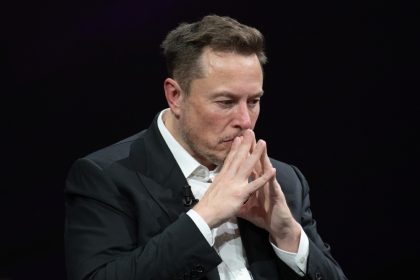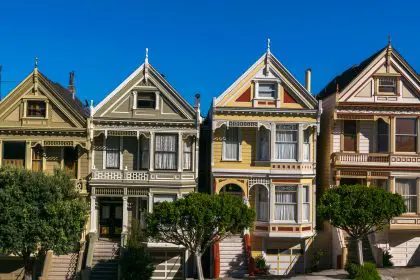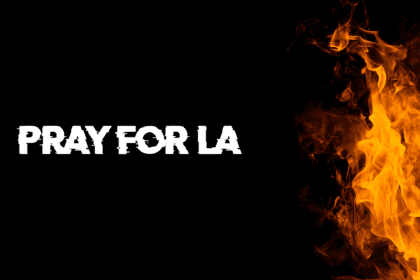San Francisco has long been a jewel of the West Coast, with its iconic Golden Gate Bridge, vibrant culture, and tech-driven buzz. But in 2025, the city’s shine is dimming under the weight of a harsh reality: living here is more expensive than ever. As of March 30, 2025, residents face jaw-dropping prices for homes, groceries, and even parking, pushing many to the brink—or out of the city entirely. What’s behind this relentless climb? The answers aren’t pretty, and they hit hard for anyone calling San Francisco home, from young professionals to lifelong locals.
After digging into the latest reports, local sentiment, and economic shifts, the forces driving these costs come into sharp focus. It’s not just about fancy tech salaries or scenic views anymore—systemic issues, policy choices, and a changing landscape are piling on the pressure. From a housing crisis that refuses to budge to a tech sector in flux, here are the gritty truths behind why San Francisco is pricing out so many in 2025. Brace yourself—these realities sting.
Housing supply stays stuck
San Francisco’s housing market is a mess, and it’s been that way for years. The city’s geography—hemmed in by water on three sides and steep hills—limits where new homes can go. Add in strict zoning laws and a slow permitting process, and you’ve got a recipe for scarcity. In 2025, despite some efforts to boost construction, the pace is glacial. The San Francisco Planning Department data shows only a trickle of new units approved last year, nowhere near enough to match demand. With so few homes available, prices soar—median rents hover around $3,500 for a one-bedroom, while buying a modest house often tops $1.5 million. For residents, it’s a brutal squeeze that shows no sign of easing.
Tech boom fallout lingers
The tech industry, once San Francisco’s golden goose, is a double-edged sword in 2025. While Silicon Valley giants like Google and Apple still draw high earners, the sector’s growth has slowed. Layoffs hit hard in 2023 and 2024, and remote work has sent some workers packing to cheaper cities like Austin or Boise. Yet, the high salaries that remain—often six figures plus stock options—keep housing demand intense. Those left behind compete fiercely for limited space, driving up costs for everyone. The Milken Institute’s 2025 Best-Performing Cities report notes San Francisco’s drop to No. 126 among large metros, citing a tech slowdown and affordability woes as culprits. The fallout? A city still priced for a boom that’s fading.
Rent control backfires
Rent control sounds like a lifeline for tenants, but in San Francisco, it’s a thorn in the side of affordability. Covering about 60% of rental units as of 2025, these caps keep some longtime residents in place at below-market rates. Landlords, though, have little reason to fix up aging buildings or build new ones when profits are locked in. The result? A dwindling supply of decent rentals, pushing market-rate prices even higher. Posts on X echo this frustration, with locals pointing out how rent control shrinks options and jacks up costs for newcomers. In a city where a studio can hit $2,800, this policy’s unintended bite is fierce.
Construction costs soar
Building anything in San Francisco is a financial nightmare. In 2025, construction costs here average $700 per square foot, more than double the national rate of $300, according to industry estimates. Why? Labor shortages, seismic safety rules, and endless red tape pile on expenses. A teardown lot might cost $1.3 million before a single nail is hammered. Developers pass these costs to buyers and renters, making even “affordable” projects anything but. The city’s dream of adding housing clashes with this reality, leaving residents stuck with sky-high bills for cramped spaces.
Everyday expenses bite harder
It’s not just housing—daily life in San Francisco stings in 2025. A gallon of gas hovers at $4.80, groceries like milk ($5.20) and eggs ($4.50) outpace national averages, and a casual dinner out can easily top $50 for two. RentCafe’s latest data pegs the overall cost of living 71% above the U.S. norm, with utilities alone up 42%. Parking? Forget it—downtown garages charge $20 to $40 a day, and monthly spots run $300 to $500. For Saints or Pelicans fans visiting from New Orleans, the sticker shock is real. These basics add up fast, draining wallets already stretched thin.
Homelessness strains the budget
San Francisco’s homelessness crisis isn’t cheap. In 2025, the city pumps nearly $700 million annually into shelters, services, and outreach, per city budget reports. That’s on top of $76 million for drug treatment programs, with fentanyl still a major player on the streets. These costs get baked into taxes and fees, hitting residents indirectly but hard. The human toll—over 20,000 unhoused last year—keeps the issue front and center, but solutions lag. For every person housed, four more join the ranks, driving up public spending and leaving taxpayers footing a hefty bill.
Tourism fuels price hikes
San Francisco’s status as a tourist magnet jacks up costs in 2025. With millions flocking to see Alcatraz or snap Golden Gate pics, businesses from restaurants to hotels cash in. A coffee that’s $3 elsewhere jumps to $5 here, and hotel rooms average $250 a night. Locals feel the pinch as prices cater to visitors with deeper pockets. The Bay Area’s economic boost from tourism—billions annually—comes at a cost, making everyday spots less affordable for those who live here year-round. It’s a harsh trade-off for a city banking on its postcard appeal.
Talent and families flee
The high costs are chasing people out. In 2025, San Francisco’s losing skilled workers and families to places with cheaper homes and better schools. The San Francisco Chronicle reports that nearby counties like Sacramento snag many of these transplants, where a $350,000 house beats a $1.3 million Bay Area median. Young techies leave when kids enter the picture—private school tuition rivals college at $30,000 a year, and public school lotteries frustrate parents. This exodus cuts demand slightly but not enough to dent prices, leaving behind a city of the ultra-rich and the struggling.
Inequality widens the gap
The wealth gap in San Francisco is stark in 2025. Tech millionaires and billionaires—still the third-highest concentration in the U.S., per Wealth-X—coexist with folks earning far less. Median household income sits at $141,446, but that’s skewed by top earners. For teachers, baristas, or artists, making ends meet is a grind when rent eats 40% or more of their pay. This divide fuels resentment and keeps costs high—luxury demand sets the market, while others scrape by or leave. It’s a city of haves and have-nots, with little in between.
No quick fix in sight
San Francisco’s cost crisis won’t resolve soon. In 2025, a looming $876 million budget deficit looms, per city projections, forcing tough cuts or tax hikes. Housing production creeps along, tech’s recovery is shaky, and policies like rent control stay entrenched. Residents face a grim choice—pay up or pack up. For those dreaming of the San Francisco life, the harsh truth is it’s a privilege fewer can afford. Check your budget, and maybe keep an eye on Sacramento instead.













